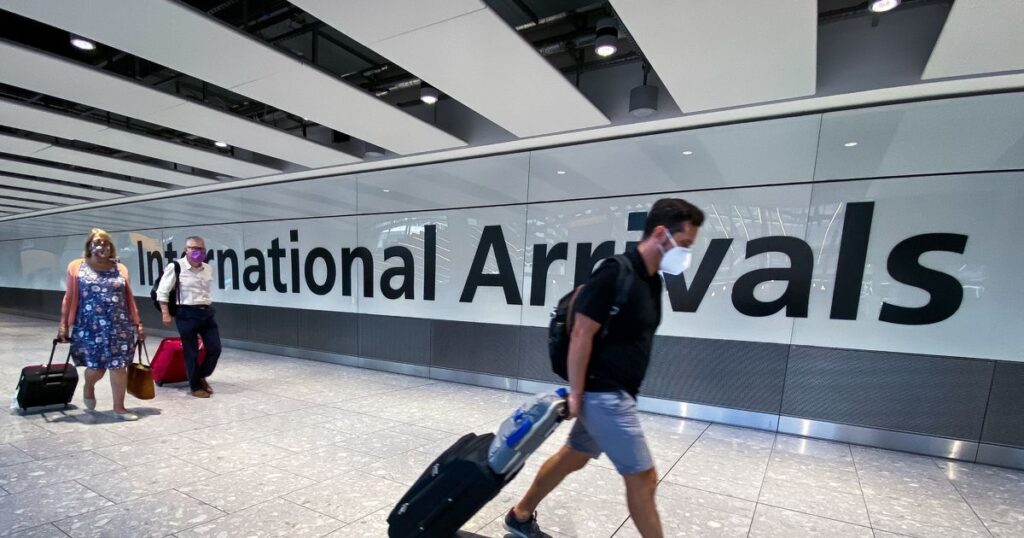Figures from the Official Airline Guide (OAG) confirm that London Heathrow leads the world in airport connectivity. These reveal a vast network connecting 234 destinations globally.
Despite Heathrow’s success, concerns are rising over its competitive edge. Limited investment and high passenger fees are areas of potential vulnerability, key for sustaining its leadership role.
London Heathrow Airport has been named the world’s most connected airport for the second consecutive year, as reported by the Official Airline Guide (OAG). With 234 destinations across 85 nations, Heathrow’s extensive network cements its leadership. In stark contrast, Kuala Lumpur International Airport, which holds the second position, manages fewer than 61,000 flights compared to Heathrow’s formidable 33,000 connections.
Despite its global connectivity lead, Heathrow faces significant challenges. Concerns have been expressed regarding its investment levels and passenger costs, which threaten its competitiveness. Industry voices warn that rival airports such as Paris Charles de Gaulle and Frankfurt may erode Heathrow’s lead if operational efficiencies and costs aren’t addressed.
In the realm of passenger experience, Heathrow faces criticism. Tim Clark of Emirates pointed out that Heathrow is lagging behind in customer-facing operations. Adding to the friction is the introduction of a £10 transit charge for visitors, potentially deterring up to 4 million passengers annually. This onset saw 90,000 potential travellers opt for different airports.
In response to these challenges, Heathrow is focusing on strategic initiatives to bolster its standing. By enhancing the frequency of connections, particularly to key destinations, the airport aims to sustain its global influence. John Grant, OAG’s chief analyst, highlighted the importance of not only the number of destinations but also the frequency of service in maintaining competitive advantage.
The current summer season paints a somewhat promising picture for Heathrow. With record-breaking passenger numbers, the airport is set to manage around 30 million travellers between June and September. This surge reflects Heathrow’s central role in international travel, despite the mounting operational and financial challenges it faces.
Luis Gallego, IAG’s Chief Executive, has vocalised concerns about Heathrow’s future, urging the airport to tackle high fees to prevent a decline in its market position. Industry experts stress that pivotal investments are needed to modernise infrastructure and enhance traveller experiences to safeguard Heathrow’s market dominance.
In conclusion, while Heathrow currently holds a prominent position in global connectivity, it must address existing operational and financial challenges to secure its future. The airport’s ability to adapt to industry demands and enhance passenger experiences will be pivotal in maintaining its status as a leading global hub.
Heathrow stands as a beacon of global connectivity, but must evolve to maintain its leading position.
Addressing investment and passenger experience issues will be crucial to its continued success, ensuring it remains a cornerstone in global travel.

